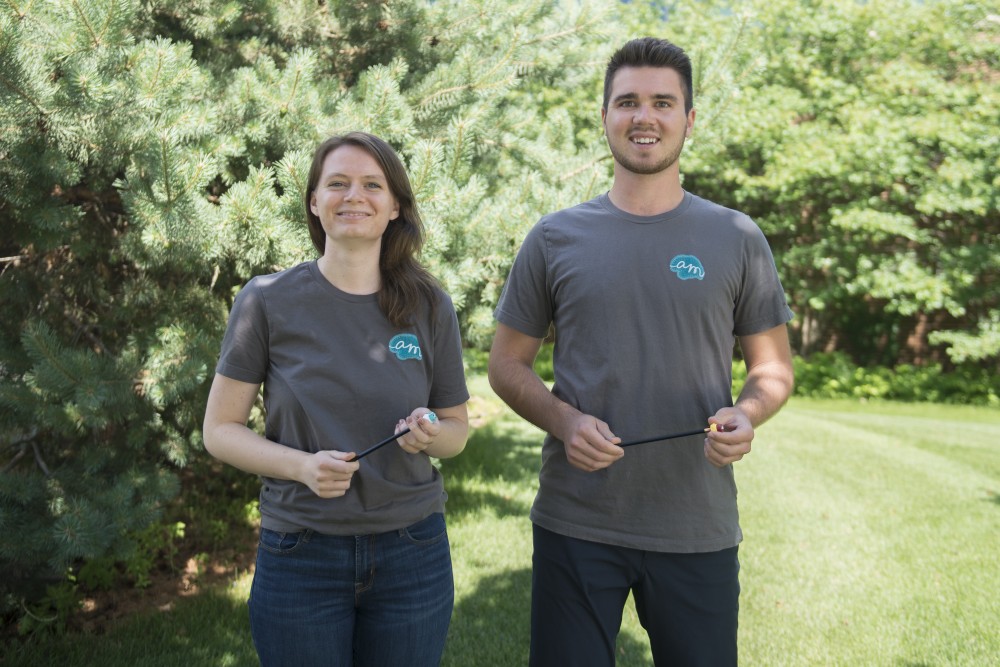In 2016, a group of University of Minnesota business students were looking to create a way for young students and their classmates to fidget in peace.
Not long after, an unexpected craze formed with fidget toys in all shapes and sizes everywhere. Along with that craze came backlash to the distraction these toys caused.
“Other products on the market tend to be really distracting … so we started working on designing a new product that can be used in the classroom all day everyday by students,” said Anna Wetmore, CEO of Able Mindworks, the company the University group formed.
The device, aptly named Toppi, sits on the top of a pencil. It consists of a ball bearing and a movable ring, designed to mimic moving a ring around one’s finger.
Toppi is the latest in a wave of fidget devices and toys that have become a cultural phenomenon.
 Richard Gottlieb, a toy industry consultant and CEO of Global Toy Group, said the fidget toy craze is a “fad” comparable to Silly Bandz and Cabbage Patch Kids.
Richard Gottlieb, a toy industry consultant and CEO of Global Toy Group, said the fidget toy craze is a “fad” comparable to Silly Bandz and Cabbage Patch Kids.
At a local toy store, Creative Kidstuff, the trend started with fidget cubes and putty in fall 2016, said Sam Olson, a floor lead at the store.
About six months later, the fidget spinner trend began to spike, he said.
“There’s been a big surge in popularity with all sorts of fidgety things,” Olson said.
The fad hit a Minneapolis fifth grade classroom this past school year.
A barrage of fidget spinners and cubes, with their onslaught of clicking, whooshing and flashing lights led Jessica Larson, a fifth grade teacher at Lake Harriet Community School, to ban them.
Larson sent a letter to parents acknowledging their usefulness for students with ADD, ADHD and other similar issues, but they became too much of a distraction.
“The more gaudy or flashy the designs became, the more kids brought them in and the more they became a distraction,” she said.
Gottlieb speculated the toys have been successful because kids have a lot of excess energy and expects the trend to last about six to eight months in total.
While fidget toys are the popular name, Wetmore and her coworkers designed their product to be more of a tool.
The company knows the wide variety of fidgeting toys have productivity and focus benefits, but are banking on the silent aspect and feasibility in the classroom to make their product stand out.
“We have to prove to [customers] why ours is different and better,” said Able Mindworks CFO Jake Shoults.
Toppi has currently presold around 1500 units to various teachers, principals, occupational therapists and independent customers and expect to ship out their first batch this summer, Wetmore said.
In the future, Able Mindworks hopes to corner the school market and potentially create a stylus in response to increasing tablet use in schools.


